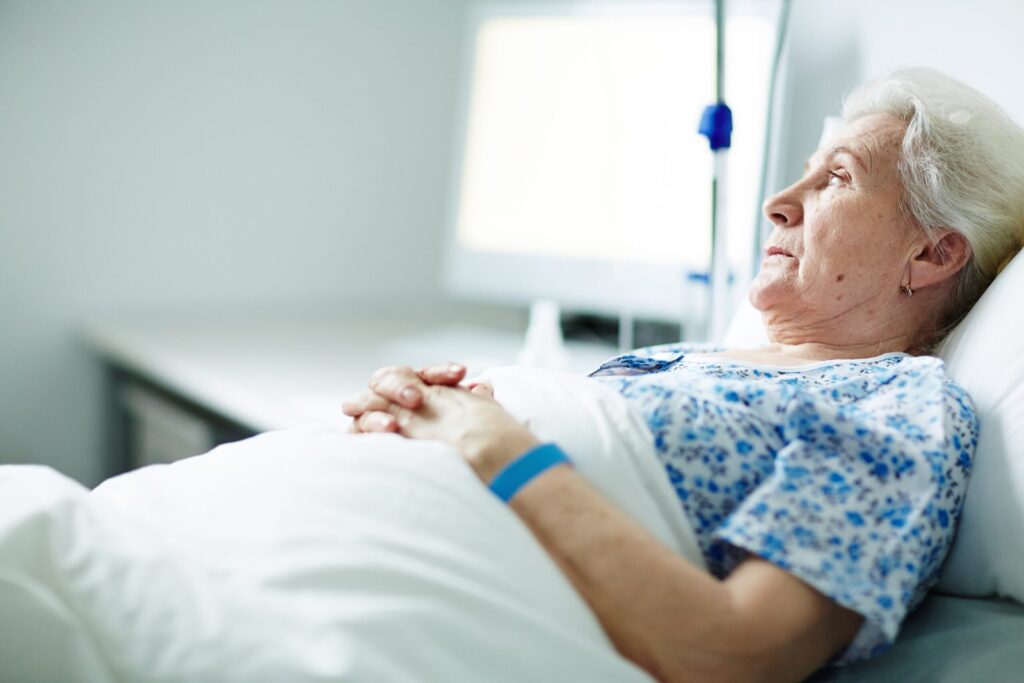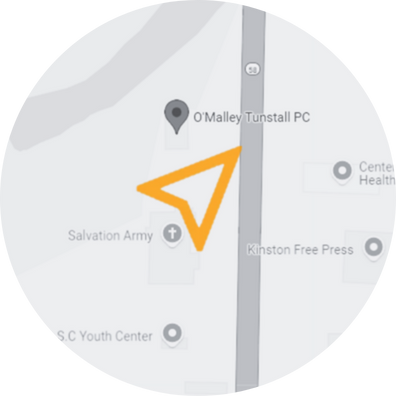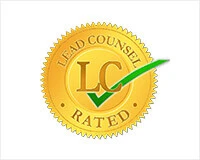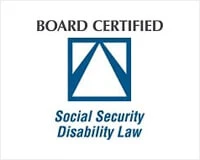
What Causes Pressure Ulcers?
Pressure ulcers are known by many names: bedsores, pressure sores, pressure wounds, pressure injuries, and decubitus ulcers. Whatever you choose to call them, they are painful and can grow large. In the worst cases, bedsores can be life-threatening because of their potential to cause dangerous infections.
Anyone can get bedsores if they’re bedridden, use a wheelchair, or have been in the hospital for an extended period of time. But those with the highest risk of developing pressure ulcers are the elderly, especially those in nursing homes and other assisted living facilities.
The worst bedsores are typically the cause of severe neglect. Nursing home residents develop bad bedsores when left in bed for hours and days at a time.

Bedsores develop when the blood supply is cut off from a certain area of the body, usually because of a prolonged period of laying upon that body part. It only takes approximately three hours for blood to cut off from a certain area to start making that part of the body ache.
What Are the Different Levels of Stages of Bedsores?
Bedsores are separated into four stages.
Stage 1, the most common, may cause symptoms like a burning sensation, itchiness, or aching feelings. Stage 1 bedsores appear red on lighter skin tones and can feel hot to the touch. For darker skin tones, the bedsore may have a purplish tint.
Stage 2 bedsores cause tremendous amounts of pain. The ulcers look much angrier and uglier, like an open wound or blister.
A Stage 3 bedsore has a sunken-in appearance because the ulcer has damaged the soft tissue beneath the skin. The person may complain of being in excruciating pain.
Stage 4 bedsores go deep. The skin will appear discolored around the ulcer. Beneath the skin, the person’s joints, tendons, muscles, and even bones could be affected by the pressure ulcer. There is a dangerously high risk of infection for Stage 4 bedsores. Medical attention should be sought immediately.
The risk of bedsores increases in individuals with cancer, diabetes, kidney issues, and spinal cord injuries.
What Are the Dangers of Bedsores?
Even Stage 1 and Stage 2 bedsores can cause a lot of pain and discomfort. And bedsores don’t heal quickly, either. It may take months for a person to recover from dangerous bedsores fully.

Bedsores can get infected, raising the risk of fevers and other illnesses. The infection may cause chills, extreme body heat, uneven heartbeats, fatigue, flu-like symptoms, and grogginess. For an elderly patients, these symptoms may be especially hazardous to their health.
How Do You Treat a Bad Pressure Ulcer?
If you or a loved one have developed dangerous bedsores, you should seek medical attention immediately. Your physicians will have better advice for you about how to treat your bedsores.
The treatment your doctors may recommend will likely include first removing all pressure from the wounded area. This only makes sense, as the pressure is what caused the injury in the first place.
Additionally, it is crucial that you strive to keep the affected area as clean as possible to avoid the possibility of infections. It may be wise to apply gauze and antibiotic creams to the site as well.
From there, it’s important to eat and live healthily so as to boost the immune system of the affected person. Later, it may be necessary to remove the affected skin and apply a skin graft surgically.
How Can You Prevent Stage 4 Bedsores?
The best way to prevent bedsores is to turn the body and settle into a new position every couple of hours. This can be achieved by doing something as simple as laying on your left side, then resting on your back, and then rolling over onto your right side.
If the person has a disability and needs to use a wheelchair, it would be wise to consider adding additional padding to help reduce the chance of pressure ulcers developing.
Good skincare routines, regular bathing, and a healthy diet will also contribute to lessening the chances of bedsores.
Are Severe Bedsores a Sign of Elder Abuse or Neglect?
While a bedsore is not necessarily always an indicator of elder neglect, it is a warning sign that should be taken seriously. It is possible that your elderly loved ones are not receiving the proper attention and care necessary to prevent bedsores from developing. If that’s the case, you should speak to a lawyer with experience handling cases involving elder abuse and nursing home neglect.

With a solid case, not only will we try to get your loved ones to safety, but we will also seek to hold the at-fault parties accountable for their actions.
Schedule a Free Consultation with Elder Abuse Lawyers in Your Area
If you suspect that your elderly loved one has been the victim of nursing home neglect or elder abuse, you should first remove them from the facility as soon as possible. After they’ve received proper medical care, please reach out to our law firm to discuss your concerns.
We will examine the facts to determine whether the negligence of the nursing home facility was to blame for your loved one’s pressure ulcer injuries. If we can prove negligence, we will attempt to recover the maximum compensation for your case and do what we can to ensure that the facility staff cannot hurt other elderly individuals in the future.
Contact our North Carolina law offices at (919) 277-0150.

















